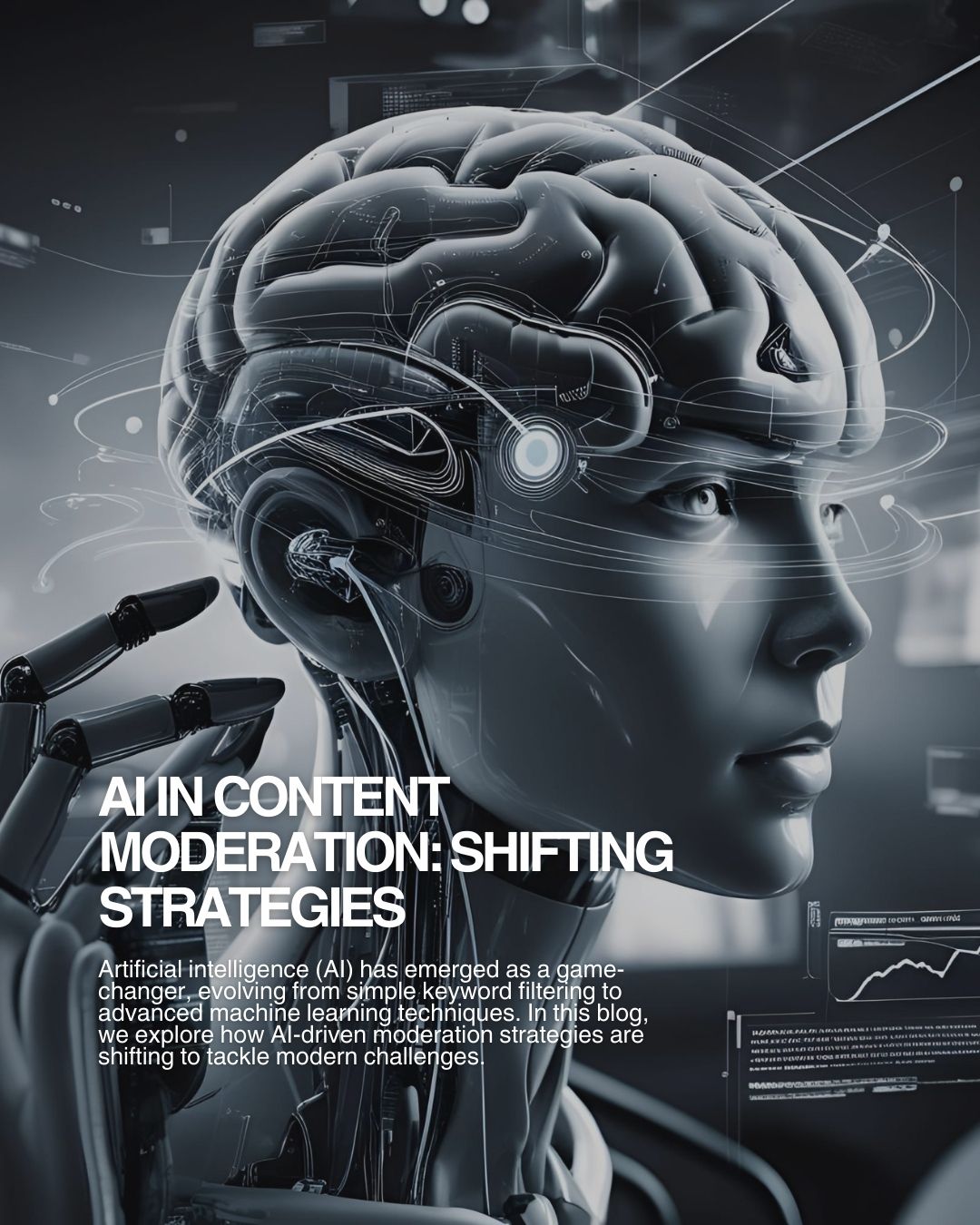
Investing in social media advertising is a powerful way to grow your business, but how do you know if your efforts are paying off? To make the most of your ad spend, it’s crucial to track and measure your social media ad performance accurately. By analyzing the right metrics, you can assess the return on investment (ROI), optimize future campaigns, and ensure that your advertising budget is being used effectively. This guide will walk you through the key steps to track and measure your social media ad performance for maximum ROI.
1. Define Your Campaign Goals
Before you dive into metrics and analytics, the first step to measuring ad performance is defining clear goals. What do you want to achieve with your social media ads? Your goals will determine which metrics to track. Here are some common campaign goals:
- Increase brand awareness: If your primary goal is brand visibility, you’ll focus on metrics like reach and impressions.
- Drive website traffic: If you want more visitors to your site, prioritize click-through rates (CTR) and link clicks.
- Generate leads or conversions: For lead generation, monitor conversions, cost per conversion, and return on ad spend (ROAS).
- Boost engagement: If engagement is your focus, track likes, shares, comments, and interaction rates.
Once your goals are clearly defined, you’ll be able to assess whether your ads are performing as expected based on these objectives.
2. Key Metrics to Track for Social Media Ads
To maximize your ROI, it’s important to track the right performance indicators. Let’s break down the essential metrics for evaluating social media ads.
- Impressions: This is the total number of times your ad was shown to users. While impressions don’t indicate interaction, they give a sense of your ad’s visibility and reach.
- Reach: Reach refers to the number of unique users who have seen your ad. It differs from impressions, which could count the same person multiple times. If your goal is to expand brand awareness, high reach is a positive sign.
- Click-Through Rate (CTR): CTR measures the percentage of people who clicked on your ad after seeing it. It’s calculated by dividing the number of clicks by the number of impressions. A higher CTR means your ad is resonating with your audience and encouraging them to take action.
- Conversion Rate: This metric shows the percentage of users who completed a desired action, such as making a purchase or signing up for a newsletter. The conversion rate is one of the most critical indicators of ad performance, especially if your goal is sales or lead generation.
- Cost Per Click (CPC): CPC indicates how much you’re paying for each click on your ad. If your CPC is too high, you may need to refine your targeting or ad creatives to attract more relevant clicks at a lower cost.
- Cost Per Conversion (CPA): Also known as cost per acquisition, CPA shows how much it costs to gain one conversion. Keeping your CPA low is essential for maximizing ROI, as it directly impacts your profitability.
- Return on Ad Spend (ROAS): ROAS measures the revenue generated for every dollar spent on ads. For example, if you spent $100 on ads and generated $300 in revenue, your ROAS is 3:1. A high ROAS indicates that your campaign is delivering a good return.
- Engagement Rate: Engagement rate looks at how users are interacting with your ad, including likes, shares, comments, and reactions. Higher engagement means your ad is resonating with the audience, which can boost brand awareness and trust.
3. Leverage Social Media Analytics Tools
Every social media platform offers built-in analytics tools to help you track ad performance. Here’s how you can use these tools effectively:
- Facebook Ads Manager: Facebook Ads Manager provides detailed insights into your campaigns. You can track reach, impressions, CTR, conversions, and more. Use it to split-test (A/B test) different ads to see which version drives better results.
- Instagram Insights: For Instagram ads, Instagram Insights shows you engagement, impressions, reach, and profile activity. If you’re running ads through Facebook Ads Manager, you can also see more advanced metrics for Instagram ads.
- Twitter Analytics: Twitter Ads offers analytics to track ad engagement, clicks, conversions, and ROAS. Use it to gauge how users are interacting with your tweets and promoted content.
- LinkedIn Campaign Manager: If you’re advertising on LinkedIn, Campaign Manager lets you monitor ad performance, measure engagement, and track conversions. LinkedIn also provides demographic data to see which industries and job titles are interacting with your ads.
- Third-Party Analytics Tools: Tools like Google Analytics, Hootsuite, and Sprout Social can provide deeper insights into your ad performance across platforms. For example, Google Analytics can track conversions and website activity driven by your social media ads, giving you a clearer picture of your ROI.
4. Set Up Conversion Tracking
Conversion tracking allows you to measure the success of your ads by tracking specific actions users take after interacting with them, such as purchasing a product or signing up for a newsletter. Without conversion tracking, it’s impossible to know whether your ads are driving actual business results.
Most platforms provide easy ways to set up conversion tracking:
- Facebook Pixel: Install Facebook Pixel on your website to track conversions, optimize ads, and build retargeting audiences. It gives you valuable insights into how users behave after clicking on your ads.
- Google Analytics: By linking Google Analytics to your social media platforms, you can track the entire user journey—from the ad click to conversion. This helps you understand which campaigns are driving the most revenue.
- UTM Parameters: Use UTM tracking codes on your social media ads to see exactly where your traffic is coming from. These codes allow you to identify which specific campaigns or ads are leading to conversions.
5. A/B Test to Optimize Your Campaigns
A/B testing (or split testing) involves running two variations of an ad to see which one performs better. Testing different elements of your ads—such as headlines, images, CTAs, or targeting options—can help you identify what resonates most with your audience. Key areas to test include:
- Ad creatives: Test different visuals, videos, or copy to see which version gets more clicks or conversions.
- Audience targeting: Try different audience segments to determine which group responds best to your ads.
- Ad placements: Experiment with placements (e.g., Instagram Stories vs. Facebook Feed) to find the most effective platform for your ads.
A/B testing allows you to make data-driven decisions and continuously improve your campaigns for better results.
6. Monitor and Optimize Your Campaigns in Real-Time
Once your ads are live, monitor them regularly to assess their performance. Pay attention to the key metrics mentioned above and look for opportunities to optimize. For instance:
- Adjust your targeting: If your CTR is low, you may need to refine your targeting. Focus on reaching a more relevant audience that is likely to engage with your ad.
- Tweak your ad creatives: If you notice high impressions but low engagement, consider revising your ad copy, images, or video to be more compelling.
- Scale up successful campaigns: If a particular ad is performing well, consider increasing the budget or extending its duration to maximize its impact.
7. Calculate Your ROI
At the end of your campaign, it’s time to calculate your ROI to determine the overall success of your social media ads. Here’s a simple formula for calculating ROI:
ROI = (Revenue – Ad Spend) / Ad Spend x 100
For example, if you spent $500 on social media ads and generated $2,000 in revenue, your ROI would be:
ROI = ($2,000 – $500) / $500 x 100 = 300%
A positive ROI means your campaign was profitable. If your ROI is lower than expected, review the performance metrics to identify areas where your ads could be improved.

Conclusion
Tracking and measuring your social media ad performance is essential for maximizing ROI. By defining clear goals, focusing on the right metrics, and leveraging analytics tools, you can gain valuable insights into what’s working and what needs improvement. Use conversion tracking, A/B testing, and real-time monitoring to fine-tune your campaigns for better results. When you make data-driven decisions, you’ll optimize your ad spend and drive meaningful outcomes for your business.


































































